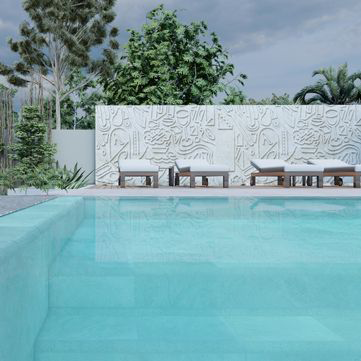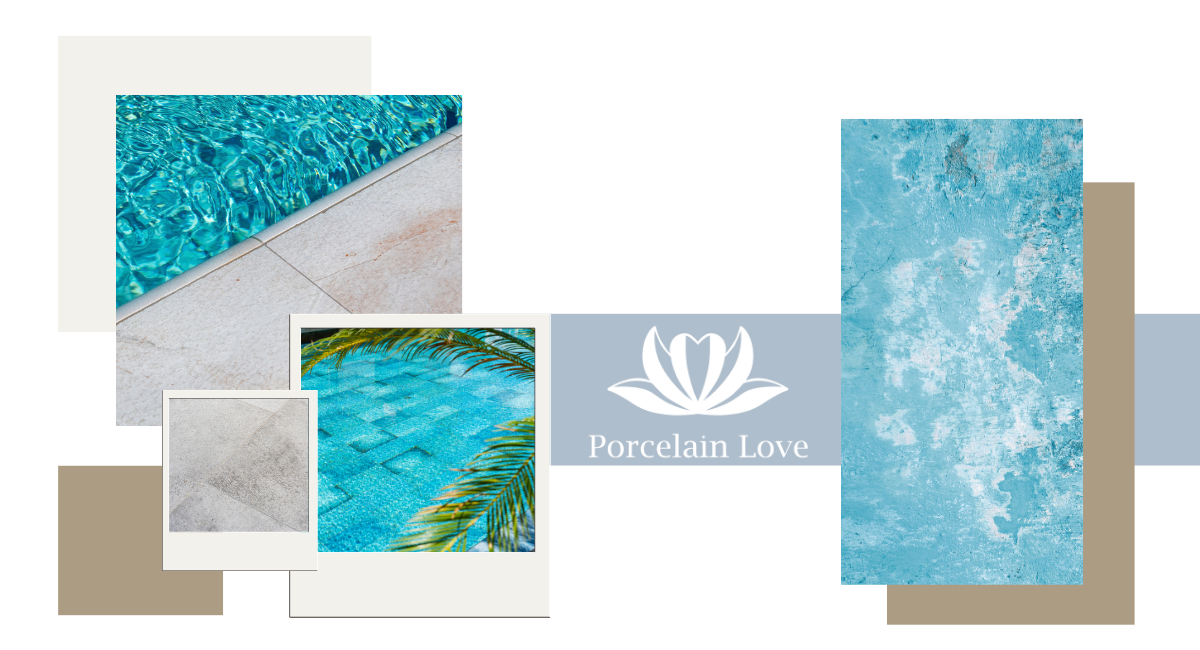
The identity of a structure gains meaning not only through its design but also through the relationship its materials establish with people. Porcelain is the most refined expression of this connection. When we touch a surface, we are, in fact, connecting with light, water, and the silent language of the space itself.
The Sensory Composition of Space
The identity of a space is defined not only by its form or furnishings but by the way the surface interacts with people. Material is the first layer through which we perceive a place. Touching a surface means feeling the warmth, rhythm, and silence of the environment we are in.
At this point, porcelain becomes one of the most powerful materials that shape the language of a space. It directs light, defines the flow of water, and brings visual balance to its surroundings. It is not only an aesthetic choice but also a defining element of user experience. Therefore, the value of porcelain carries meaning beyond what is visible on the surface.
The Sensory Impact of Material
The impact created by a surface is not only visual but also tactile and psychological. The texture, temperature, and light balance of porcelain directly determine this effect.
Matte finishes provide calmness, while semi-gloss surfaces create a sense of energy. These subtle differences can completely transform the atmosphere of a space. For this reason, in the architectural design process, porcelain is not only seen as a cladding material but as a tool that defines architectural identity.
The tranquility of a spa area, the natural feeling of a terrace, or the refreshing ambiance around a pool all become architectural experiences thanks to the surface character of porcelain.
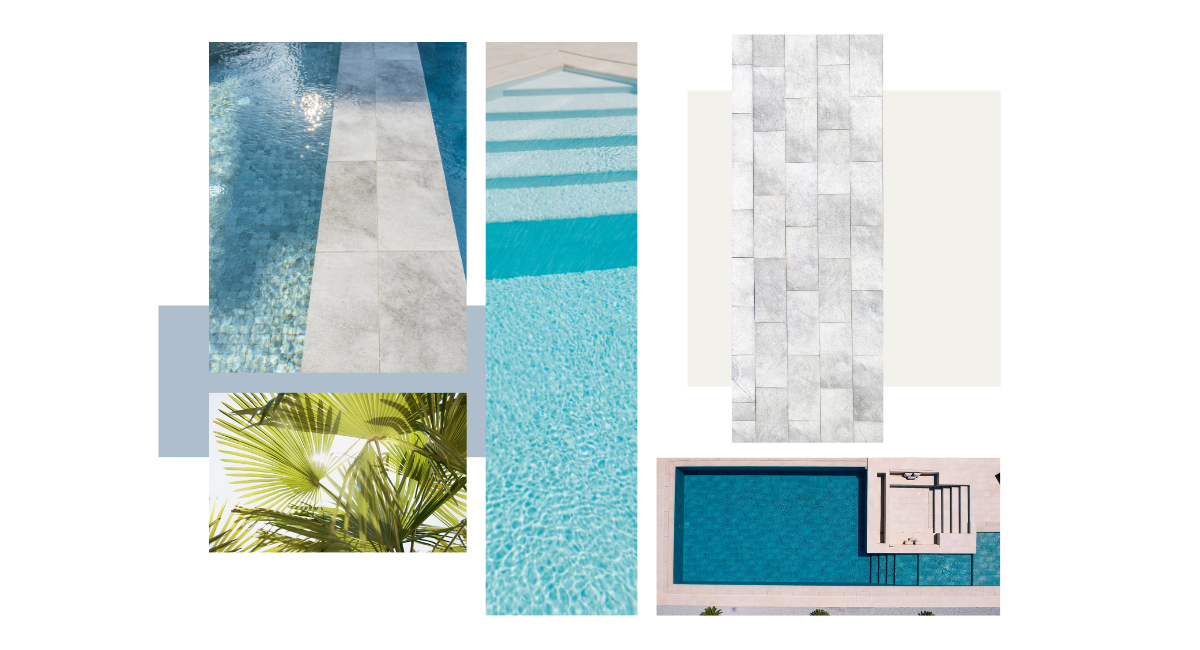
Light and Surface Interaction
Light is one of the most important elements that bring a space to life. However, its effect changes depending on the nature of the surface it touches. A porcelain surface defines the depth and character of a space through the way it reflects and directs light.
Throughout the day, changing natural light creates different reflections on porcelain. In the morning, the surface carries a soft glow, while in the afternoon, it deepens with the play of shadows. This variability gives the structure a dynamic yet balanced identity. In other words, a porcelain surface transforms architecture into a living rather than a static form.
The relationship between light and porcelain not only creates a visual effect but also directly influences the comfort, perception of warmth, and overall atmosphere of the space. With the right surface selection, light is controlled, reflection is balanced, and the serenity of the environment is emphasized without disruption.
Balance and Silence in Space
In modern architecture, the primary goal is to create a calm yet powerful aesthetic. Achieving this requires materials that define the space without overwhelming it.
“In this sense, porcelain is the truest expression of ‘quiet luxury.’”
Natural color tones, subtle textures, and harmony with light support both the visual and functional balance of a space, defining its character. As a result, users subconsciously interact with a tranquil environment.
Here, simplicity is not a lack but a conscious choice. A silent surface preserves overall harmony and frees human perception from external stimuli, bringing balance to the space.
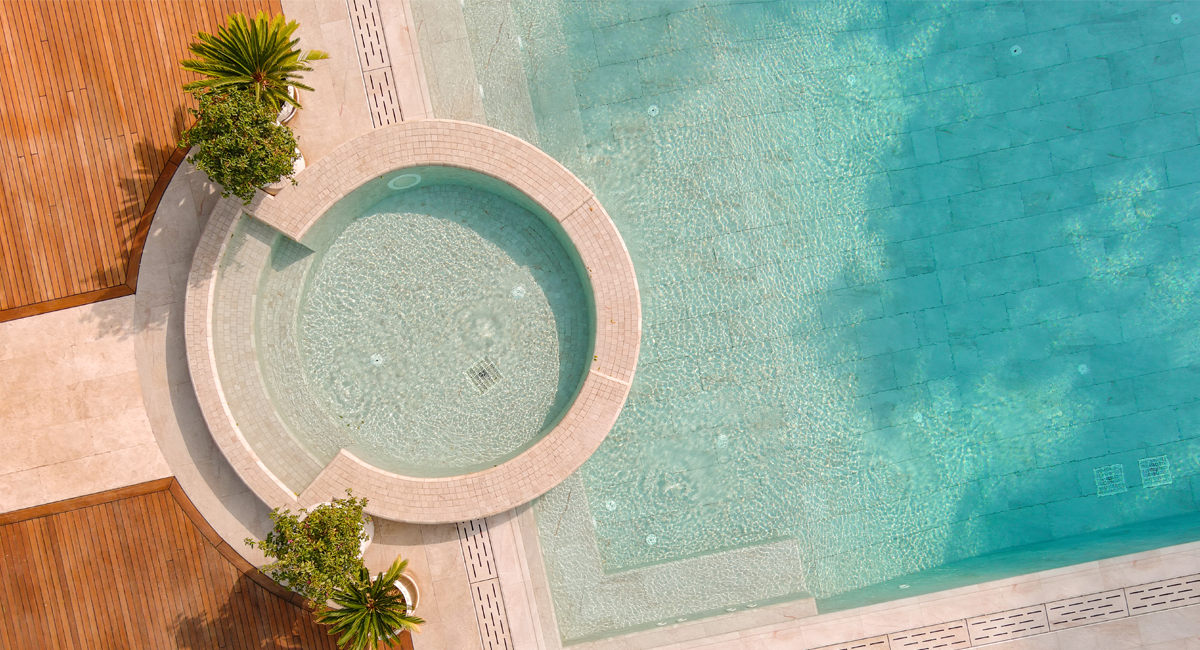
The Connection Between Space and User
The permanence of a space is measured not only by its physical durability but by the continuity it evokes emotionally. Porcelain provides this continuity both physically and emotionally. Its durability allows it to withstand time, while its aesthetic language ensures it remains timeless.
Through contact with porcelain surfaces, users form a personal bond with the space. This connection is not visual but emotional—silent yet lasting. Ultimately, porcelain transcends being just a surface and becomes an essential component carrying the identity of design.
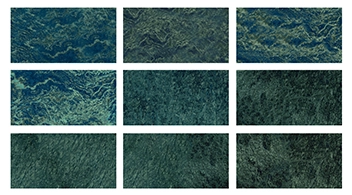
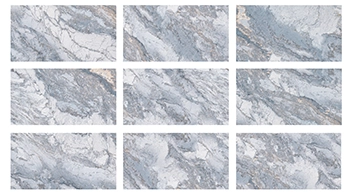
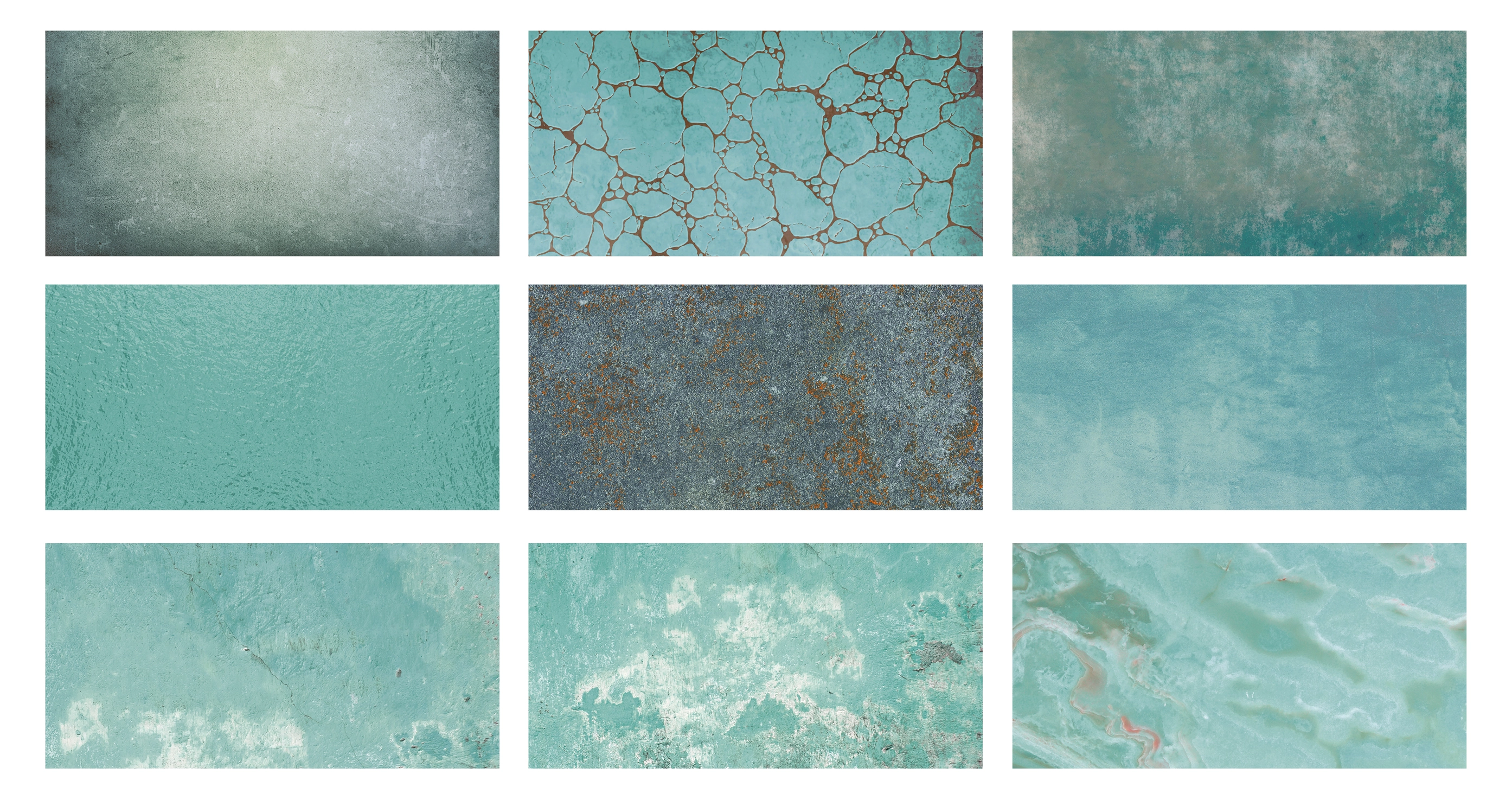
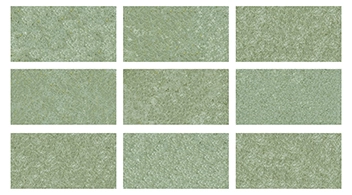
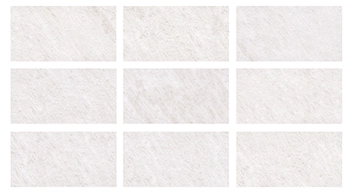
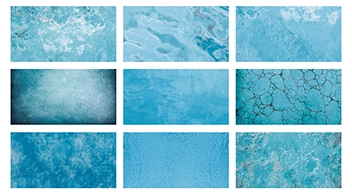
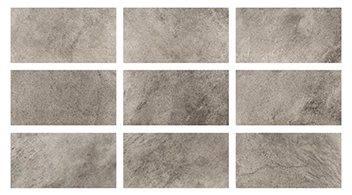
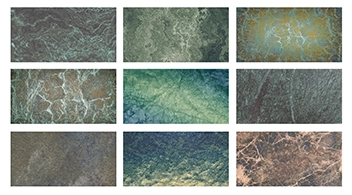
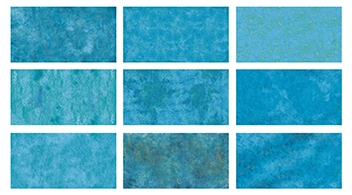
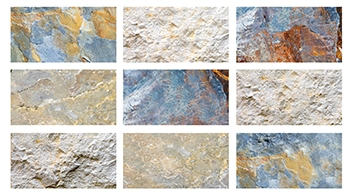
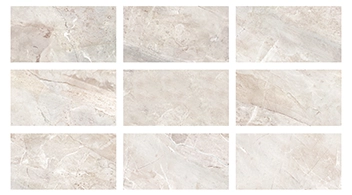
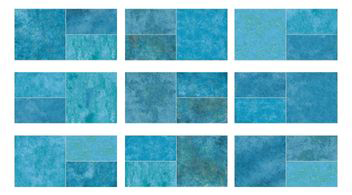
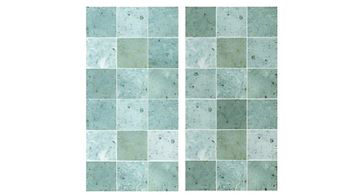



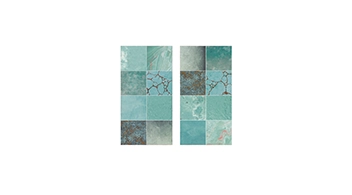
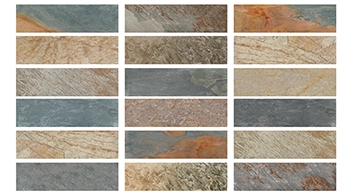
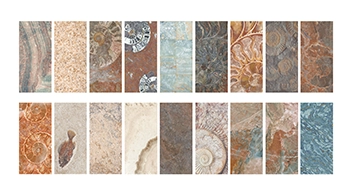

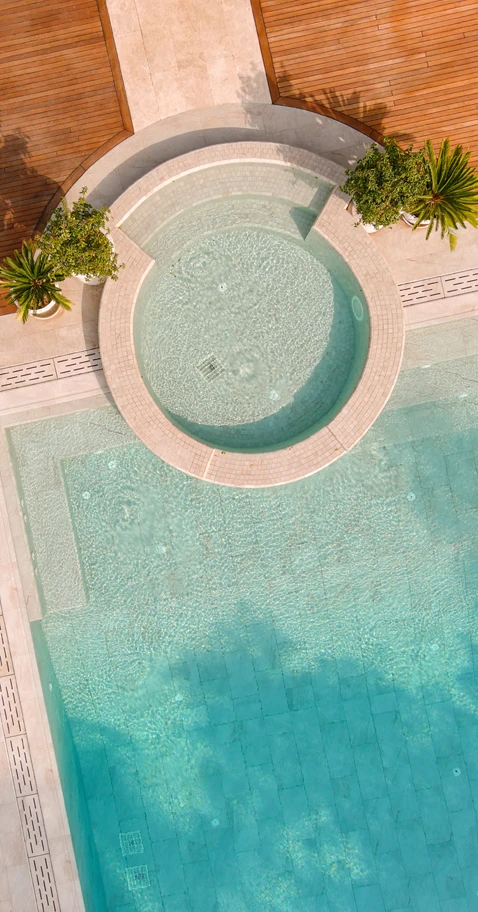


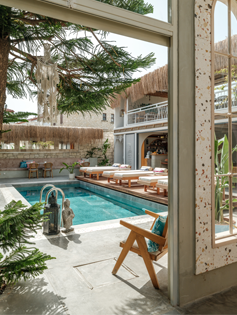


.webp)
